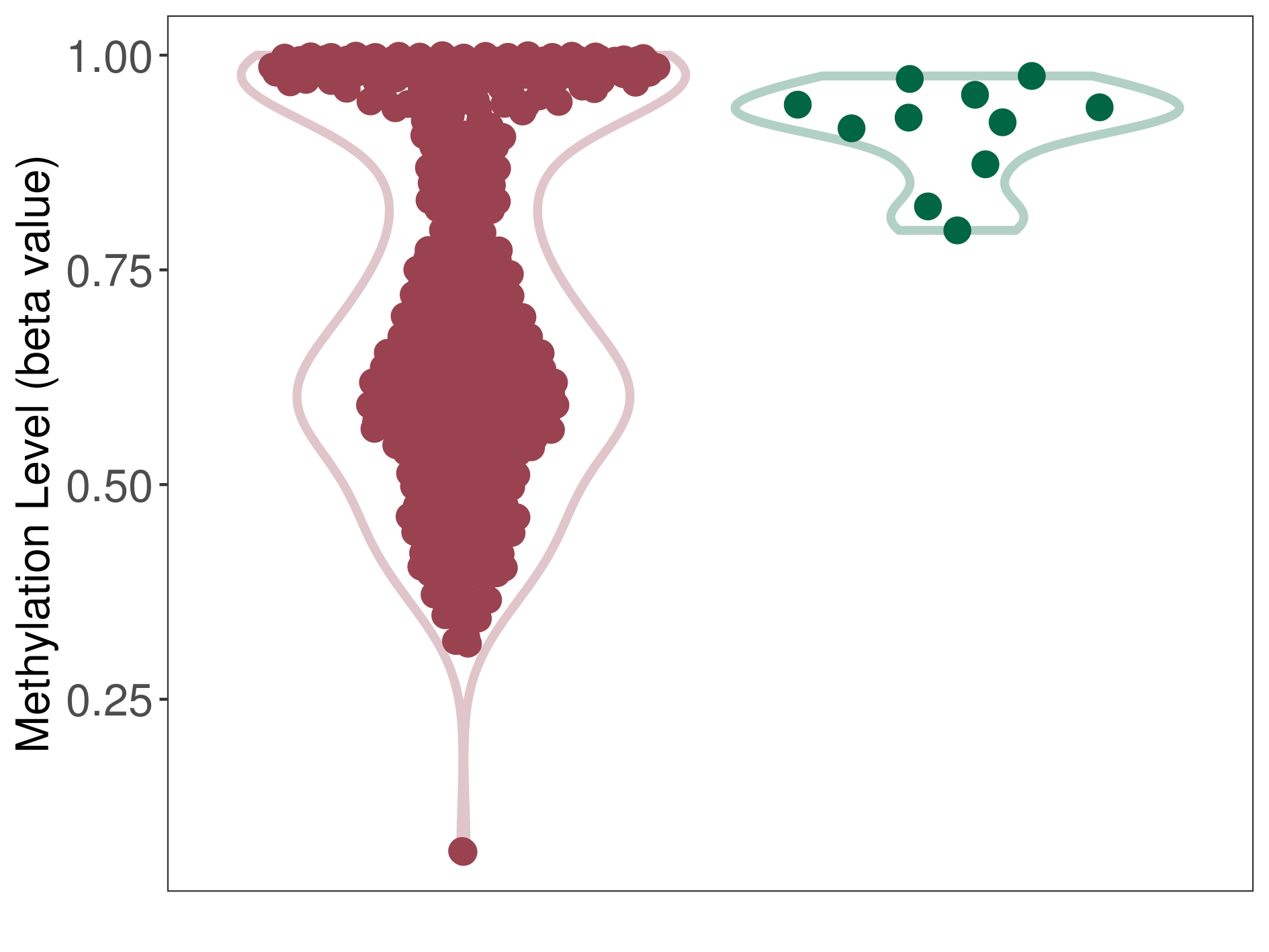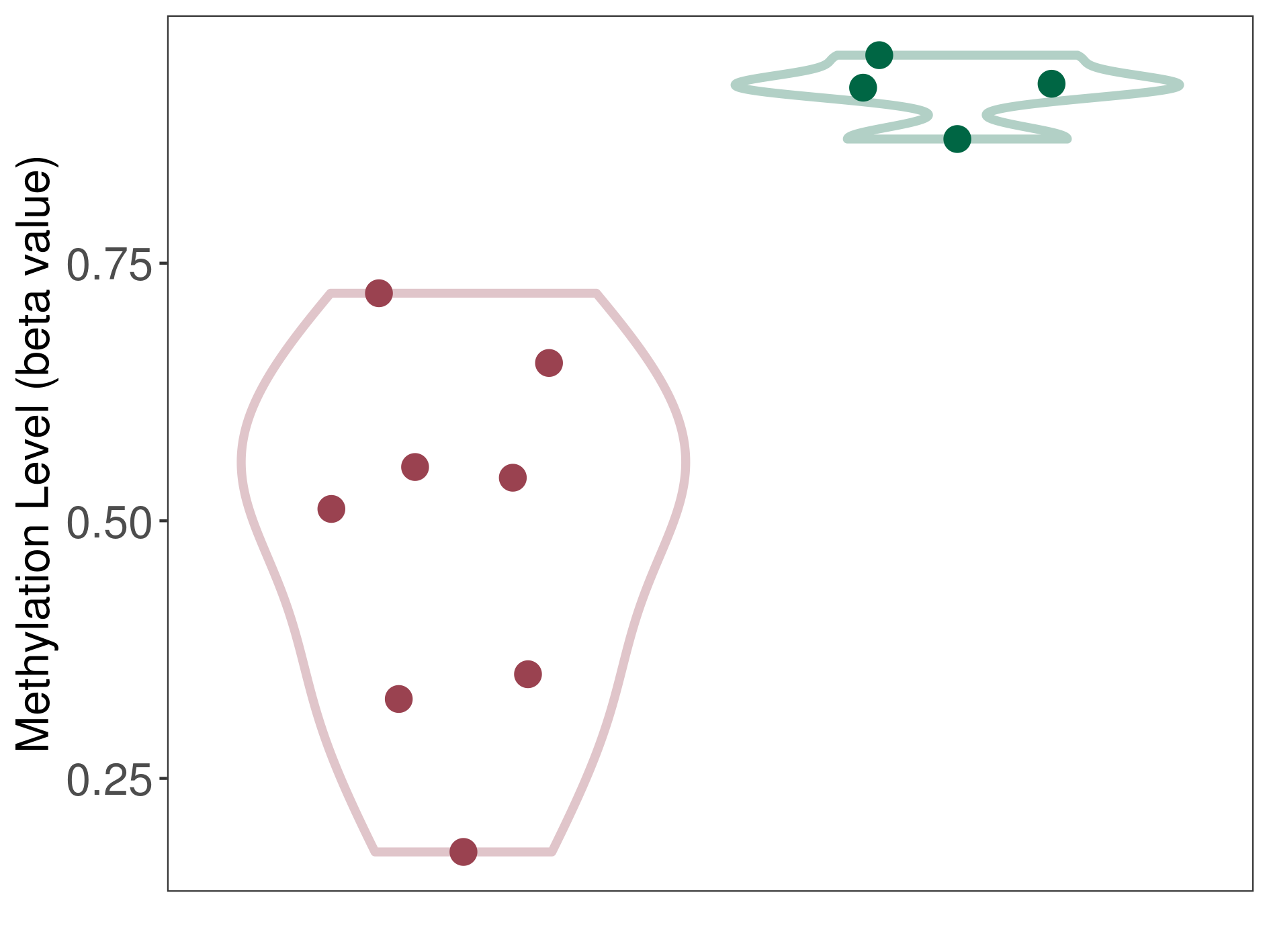Details of Host Protein-DME Interaction (HOSPPI)
| General Information of Drug-Metabolizing Enzyme (DME ID: DME0194) | |||||
|---|---|---|---|---|---|
| DME Name | Choline phosphatase 1 (PLD1), Homo sapiens | DME Info | |||
| UniProt ID | |||||
| EC Number | EC: 3.1.4.4 (Click to Show/Hide the Complete EC Tree) | ||||
| Lineage | Species: Homo sapiens (Click to Show/Hide the Complete Species Lineage) | ||||
| Interactome | |||||
| Disease Specific Interactions between Host Protein and DME (HOSPPI) | |||||
|---|---|---|---|---|---|
| ICD Disease Classification Healthy | |||||
| ICD-11: Healthy | Click to Show/Hide the Full List of HOSPPI: 2 HOSPPI | ||||
| Oligomerization | |||||
| CDC42 small effector 1 (CDC42SE1) | Health | Heterooligomer | |||
| Uniprot ID | |||||
| Interaction Name | CDC42SE1-PLD1 heterooligomerization | [1] | |||
| Studied Cell Lines | Sf9 insect cell line | ||||
| Description | CDC42 small effector 1 (CDC42SE1) is reported to heterooligomerize with the PLD1 gene, which leads to activation of the drug-metabolizing enzyme Choline phosphatase 1. As a result, the interaction between CDC42SE1 and PLD1 can activate the drug-metabolizing process of Choline phosphatase 1. | ||||
| Ras-related Ral-A (RALA) | Health | Heterooligomer | |||
| Uniprot ID | |||||
| Interaction Name | RALA-PLD1 heterooligomerization | [2] | |||
| Studied Cell Lines | Pansorbin cell line | ||||
| Description | Ras-related Ral-A (RALA) is reported to heterooligomerize with the PLD1 protein, which leads to activation of the drug-metabolizing enzyme Choline phosphatase 1. As a result, the interaction between RALA and PLD1 can activate the drug-metabolizing process of Choline phosphatase 1. | ||||
| ICD Disease Classification 02 Neoplasms | |||||
| ICD-11: 2B51 Osteosarcoma | Click to Show/Hide the Full List of HOSPPI: 2 HOSPPI | ||||
| Transcription-factor regulation | |||||
| Catenin beta-1 (CTNNB1) | Osteosarcoma | Activation | |||
| Uniprot ID | |||||
| Interaction Name | CTNNB1-PLD1 interaction | [3] | |||
| Studied Cell Lines | HOS cell line | ||||
| Description | Catenin beta-1 (CTNNB1) is reported to activate the transcription of PLD1 gene, which leads to an increased expression of the drug-metabolizing enzyme Choline phosphatase 1. As a result, the interaction between CTNNB1 and PLD1 can activate the drug-metabolizing process of Choline phosphatase 1. | ||||
| Transcription factor 4 (TCF4) | Osteosarcoma | Activation | |||
| Uniprot ID | |||||
| Interaction Name | TCF4-PLD1 interaction | [3] | |||
| Studied Cell Lines | HOS cell line | ||||
| Ensembl ID | |||||
| Description | Transcription factor 4 (TCF4) is reported to activate the transcription of PLD1 gene, which leads to an increased expression of the drug-metabolizing enzyme Choline phosphatase 1. As a result, the interaction between TCF4 and PLD1 can activate the drug-metabolizing process of Choline phosphatase 1. | ||||
| ICD-11: 2B71 Gastric cancer | Click to Show/Hide the Full List of HOSPPI: 1 HOSPPI | ||||
| Non-coding RNA regulation | |||||
| hsa-miR-638 | Gastric cancer | Suppression | |||
| miRBase ID | |||||
| Interaction Name | hsa-miR-638--PLD1 regulation | [4] | |||
| Studied Cell Lines | MKN-45 and SGC-7901 cell lines | ||||
| Description | hsa-miR-638 is reported to suppress PLD1 mRNA translation by binding to the 3' untranslated region (3'UTR) of PLD1 mRNA, which leads to a decreased expression of the drug-metabolizing enzyme Choline phosphatase 1. | ||||
| ICD-11: 2B90 Colorectal cancer | Click to Show/Hide the Full List of HOSPPI: 2 HOSPPI | ||||
| Transcription-factor regulation | |||||
| Catenin beta-1 (CTNNB1) | Colorectal cancer | Activation | |||
| Uniprot ID | |||||
| Interaction Name | CTNNB1-PLD1 interaction | [3] | |||
| Studied Cell Lines | HCT116 and SW480 cell lines | ||||
| Description | Catenin beta-1 (CTNNB1) is reported to activate the transcription of PLD1 gene, which leads to an increased expression of the drug-metabolizing enzyme Choline phosphatase 1. As a result, the interaction between CTNNB1 and PLD1 can activate the drug-metabolizing process of Choline phosphatase 1. | ||||
| Transcription factor 4 (TCF4) | Colorectal cancer | Activation | |||
| Uniprot ID | |||||
| Interaction Name | TCF4-PLD1 interaction | [3] | |||
| Studied Cell Lines | HCT116 and SW480 cell lines | ||||
| Ensembl ID | |||||
| Description | Transcription factor 4 (TCF4) is reported to activate the transcription of PLD1 gene, which leads to an increased expression of the drug-metabolizing enzyme Choline phosphatase 1. As a result, the interaction between TCF4 and PLD1 can activate the drug-metabolizing process of Choline phosphatase 1. | ||||
| ICD-11: 2C12 Liver cancer | Click to Show/Hide the Full List of HOSPPI: 2 HOSPPI | ||||
| Transcription-factor regulation | |||||
| Catenin beta-1 (CTNNB1) | Liver cancer | Activation | |||
| Uniprot ID | |||||
| Interaction Name | CTNNB1-PLD1 interaction | [3] | |||
| Studied Cell Lines | SNU475 and SNU-C5 cell lines | ||||
| Description | Catenin beta-1 (CTNNB1) is reported to activate the transcription of PLD1 gene, which leads to an increased expression of the drug-metabolizing enzyme Choline phosphatase 1. As a result, the interaction between CTNNB1 and PLD1 can activate the drug-metabolizing process of Choline phosphatase 1. | ||||
| Transcription factor 4 (TCF4) | Liver cancer | Activation | |||
| Uniprot ID | |||||
| Interaction Name | TCF4-PLD1 interaction | [3] | |||
| Studied Cell Lines | SNU475 and SNU-C5 cell lines | ||||
| Ensembl ID | |||||
| Description | Transcription factor 4 (TCF4) is reported to activate the transcription of PLD1 gene, which leads to an increased expression of the drug-metabolizing enzyme Choline phosphatase 1. As a result, the interaction between TCF4 and PLD1 can activate the drug-metabolizing process of Choline phosphatase 1. | ||||
| ICD-11: 2C60 Breast cancer | Click to Show/Hide the Full List of HOSPPI: 3 HOSPPI | ||||
| Transcription-factor regulation | |||||
| Catenin beta-1 (CTNNB1) | Breast cancer | Activation | |||
| Uniprot ID | |||||
| Interaction Name | CTNNB1-PLD1 interaction | [3] | |||
| Studied Cell Lines | MDA-MB 231; MDA-MB 361; SK-BR3 cell lines | ||||
| Description | Catenin beta-1 (CTNNB1) is reported to activate the transcription of PLD1 gene, which leads to an increased expression of the drug-metabolizing enzyme Choline phosphatase 1. As a result, the interaction between CTNNB1 and PLD1 can activate the drug-metabolizing process of Choline phosphatase 1. | ||||
| Transcription factor 4 (TCF4) | Breast cancer | Activation | |||
| Uniprot ID | |||||
| Interaction Name | TCF4-PLD1 interaction | [3] | |||
| Studied Cell Lines | MDA-MB 231; MDA-MB 361; SK-BR3 cell lines | ||||
| Ensembl ID | |||||
| Description | Transcription factor 4 (TCF4) is reported to activate the transcription of PLD1 gene, which leads to an increased expression of the drug-metabolizing enzyme Choline phosphatase 1. As a result, the interaction between TCF4 and PLD1 can activate the drug-metabolizing process of Choline phosphatase 1. | ||||
| Non-coding RNA regulation | |||||
| hsa-miR-182-5p | Breast cancer | Suppression | |||
| miRBase ID | |||||
| Interaction Name | hsa-miR-182-5p--PLD1 regulation | [5] | |||
| Studied Cell Lines | MCF-7 and BT-474 cell lines | ||||
| Description | hsa-miR-182-5p is reported to suppress PLD1 mRNA translation by binding to the 3' untranslated region (3'UTR) of PLD1 mRNA, which leads to a decreased expression of the drug-metabolizing enzyme Choline phosphatase 1. | ||||
| ICD-11: 2C82 Prostate cancer | Click to Show/Hide the Full List of HOSPPI: 1 HOSPPI | ||||
| DNA methylation | |||||
| DNA methyltransferase (DNMT) | Prostate cancer | Moderate hypomethylation | |||
| Interaction Name | DNMT-PLD1 interaction | ||||
| The Methylation Level of Disease Section Compare with the Healthy Individual Tissue | Moderate hypomethylation p-value: 9.15E-08; delta-beta: -2.20E-01 | ||||
| Description | DNA methyltransferase (DNMT) is reported to moderatly hypo-methylate the PLD1 gene, which leads to a moderatly increased expression of the drug-metabolizing enzyme Choline phosphatase 1. As a result, the interaction between DNMT and PLD1 can moderatly affect the drug-metabolizing process of Choline phosphatase 1. | ||||
|
DME methylation in the diseased tissue of patients
DME methylation in the normal tissue of healthy individuals
|
|||||
| Violin Diagram of DME Disease-specific Methylation Level |

|
Click to View the Clearer Original Diagram | |||
| ICD-11: 2E06 Prostate cancer metastasis | Click to Show/Hide the Full List of HOSPPI: 1 HOSPPI | ||||
| DNA methylation | |||||
| DNA methyltransferase (DNMT) | Prostate cancer metastasis | Significant hypomethylation | |||
| Interaction Name | DNMT-PLD1 interaction | ||||
| The Methylation Level of Disease Section Compare with the Healthy Individual Tissue | Significant hypomethylation p-value: 1.75E-04; delta-beta: -3.96E-01 | ||||
| Description | DNA methyltransferase (DNMT) is reported to significantly hypo-methylate the PLD1 gene, which leads to a significantly increased expression of the drug-metabolizing enzyme Choline phosphatase 1. As a result, the interaction between DNMT and PLD1 can significantly affect the drug-metabolizing process of Choline phosphatase 1. | ||||
|
DME methylation in the diseased tissue of patients
DME methylation in the normal tissue of healthy individuals
|
|||||
| Violin Diagram of DME Disease-specific Methylation Level |

|
Click to View the Clearer Original Diagram | |||
If you find any error in data or bug in web service, please kindly report it to Dr. Yin and Dr. Li.

